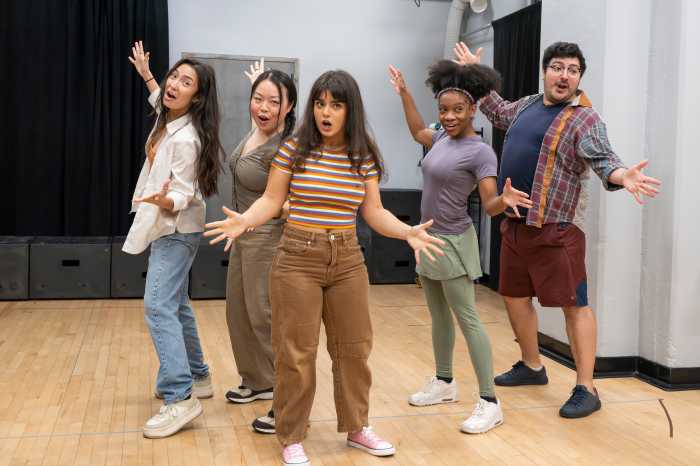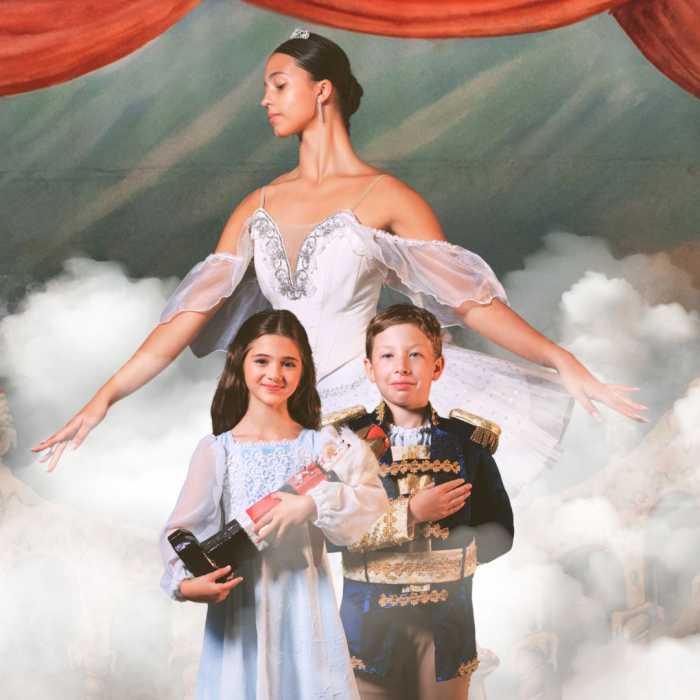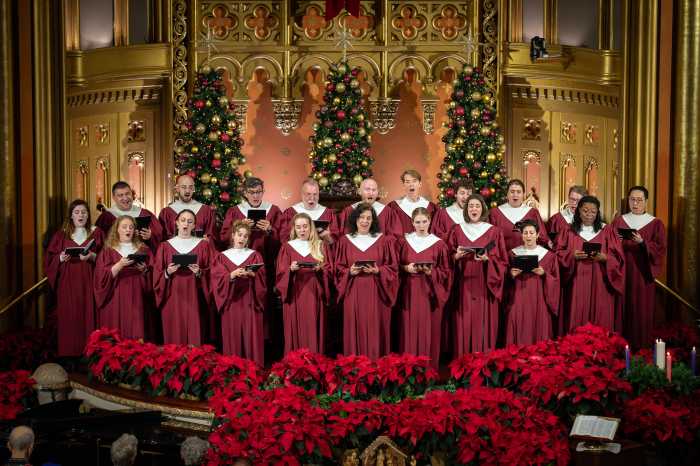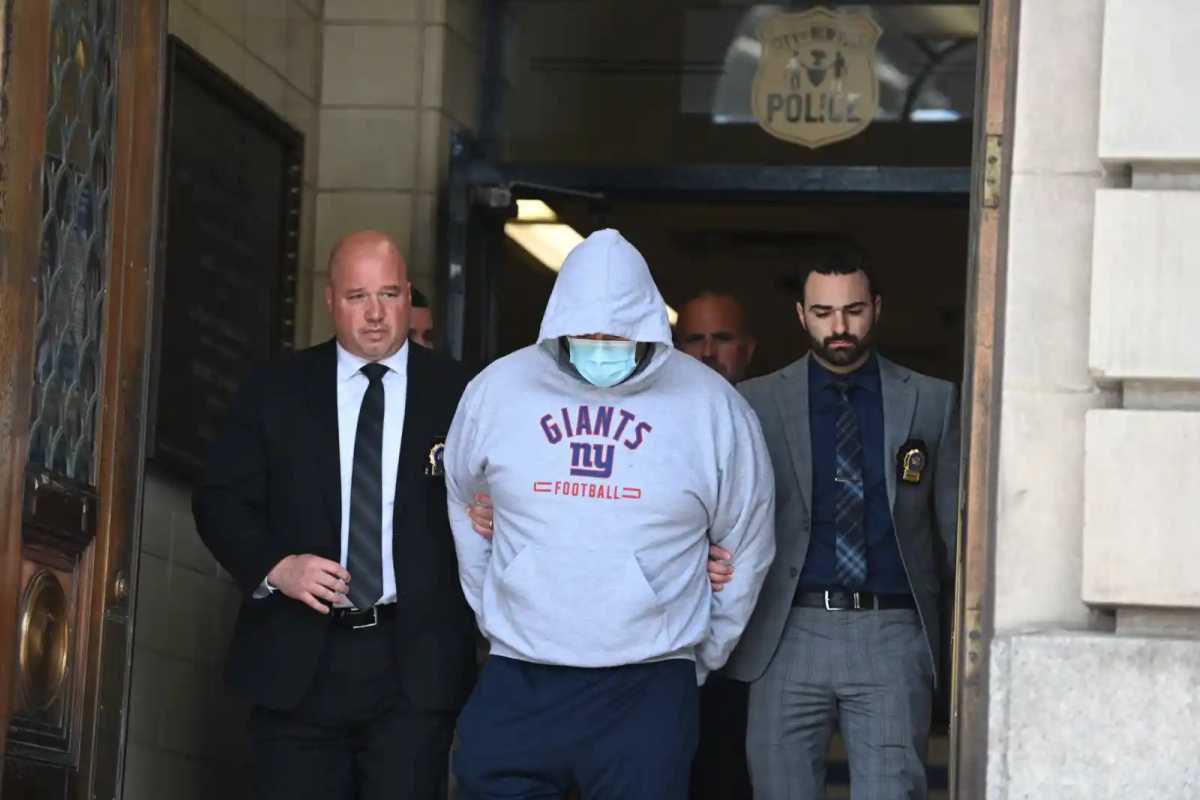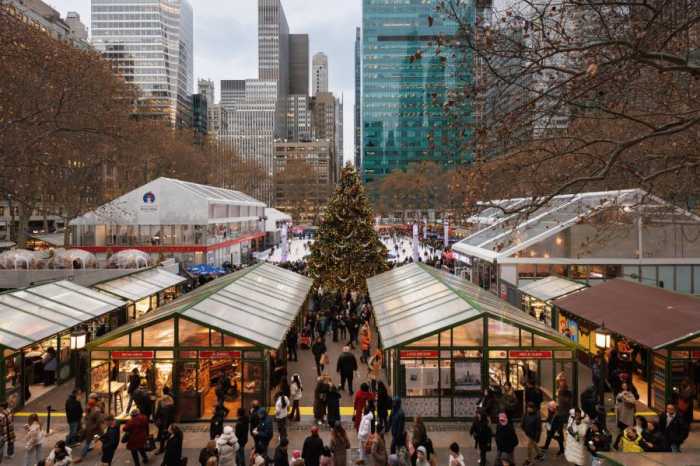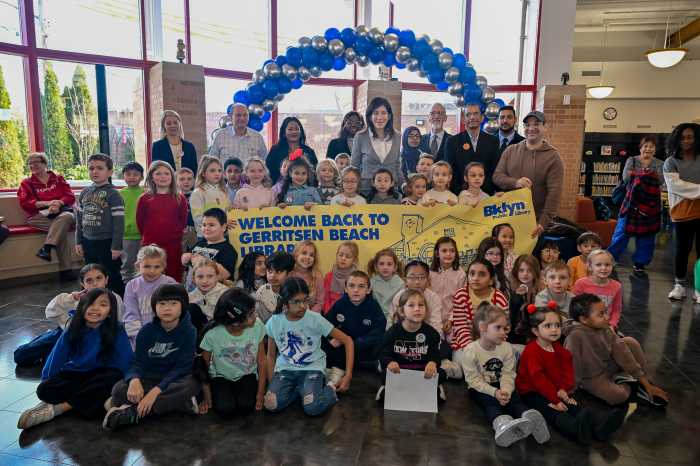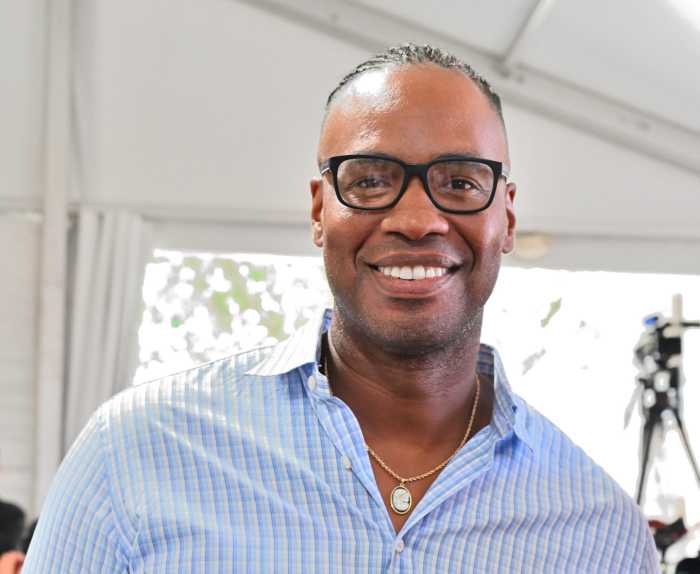Young voters helped propel Zohran Mamdani to apparent victory in Tuesday’s Democratic mayoral primary — and may have reshaped the future of New York City politics along the way.
Mamdani, who declared victory Tuesday in the race for the Democratic nomination for New York City mayor, began his campaign polling at around 1% with voters. The 33-year-old democratic socialist representing Queens District 36 in State Assembly came from the far left of the Democratic establishment with hopes that New York would take a chance on a progressive economic agenda to combat rising prices and the housing crisis.
Though he entered the race with almost no name recognition outside of his district and scant support from establishment, centrist Democrats, Mamdani took a concession call from former Governor Andrew Cuomo just 90 minutes after polls closed on Tuesday. In a race that even the most generous of polls showed Mamdani winning by the skin of his teeth, the Assembly member cruised to apparent victory long before he arrived at his own election watch party.
Mamdani’s campaign, though it lacked the massive donations bestowed to Cuomo by wealthier Democrats like former Mayor Michael Bloomberg, raked in small-dollar gifts and energized young voters. A data analysis by the Gothamist published before Primary Day showed that nearly a quarter of early voters had never before voted in a Democratic primary in New York City.
As much as the democratic socialist’s campaign was defined by memorable policy promises like “Freeze the rent,” “No cost childcare,” and “A city we can afford,” it was defined by fast-paced TikToks, engagement with podcasters and internet personalities, and a serious effort to hit the streets, knock on doors, and take questions from voters.

Mamdani breaks through with youth vote
Mamdani bet big on a massive ground game, an unconventional social media strategy, and word-of-mouth peer education — and won.
With record-high youth engagement in a pivotal race for the New York City mayoralty, Mamdani’s strategy has sparked a new conversation among centrist establishment Democrats about where the victory leaves the party.
“Young people have a really strong distrust in government. There is a lot of cynicism among young voters,” said Jazmin Kay, the founding executive director of 18by Vote, a youth civic engagement nonprofit, now called New Voters, seeking to mobilize young voters. “I think that one of the things that I really do believe that the Mamdani campaign did well was put a vision forward that activated some of those folks who had traditionally not felt like the electoral process was something that was for them.”
Of those who voted early in the 2025 New York City primary election, about 40% were under the age of 40, according to data from the NYC Board of Elections. The youth turnout portrayed a “substantial surge” in early voting engagement by young people, Kay said. Kay attributed much of the enthusiasm among young voters to Mamdani’s social media strategy.
“The Mamdani campaign did a really strong push on engaging people through online and digital communications,” Kay said, noting that Mamdani drew online engagement numbers that were 40 times greater than the Cuomo campaign’s.

Enthusiasm not seen since Obama era
Kay, who has spent years tracking the youth vote and who formerly worked as a Senior Advisor for Civic Engagement and Communications at the New York State Executive Chamber, said that she observed not only a spike in first-time voters, but a rise in engagement from younger voters who have not been politically active since the Obama era in the early 2010s.
“I would anticipate, by continuing to grow off of this peer-to-peer and digital-first model that a lot of that enthusiasm among young voters continues,” Kay said of Mamdani’s campaign heading into November.
The Assembly member is set to face off against Mayor Eric Adams, who is running as an Independent, and Curtis Sliwa, the Republican nominee. Cuomo has kept the door open for an Independent run against Mamdani and Adams in the general election, but recent reports show the former governor leaning away from another campaign. A poll published Thursday showed Mamdani and Cuomo neck-and-neck in a hypothetical race between Mamdani, Cuomo, Adams, Sliwa, and independent candidate Jim Walden.
Though Thursday’s poll may give Cuomo a nudge to join the race to Gracie Mansion as an independent, Tuesday’s defeat to Mamdani came on the heels of weeks of polls that had Cuomo winning the election — some by a landslide and some after a few rounds of ranked-choice voting tabulation. An Emerson College poll published the day before the election showed Mamdani down by almost three points in the first round and eking out an eventual victory in the final round of ranked-choice voting.
With 93% of votes counted, Mamdani is projected to win the first round by seven points, signaling massive inaccuracies in polling for the election. Kay, though not a polling expert, said it is well-known in youth voting circles that pollsters frequently miss the younger perspective.
“Young people feel hesitant to pick up the phone to order a pizza, so they’re probably not going to pick up the phone for a pollster,” Kay said.
As much as young progressives were energized by Mamdani’s agenda and personality, Kay said, they were excited to see a younger face vying for City Hall.
“Zohran is 33 years old, and a lot of young voters feel like their elected officials don’t look like them, don’t feel like they represent their interests,” Kay said. “I do think having younger elected officials speaks to some of that vision for having elected officials that look more like them.”
“When young people do turn out, they have the ability to impact elections,” Kay added. “That message in itself, that young people have power, is going to have ripple effects in a variety of different ways throughout, hopefully, New York, the country, and beyond, by demonstrating what young people can do when they turn out and vote.”













